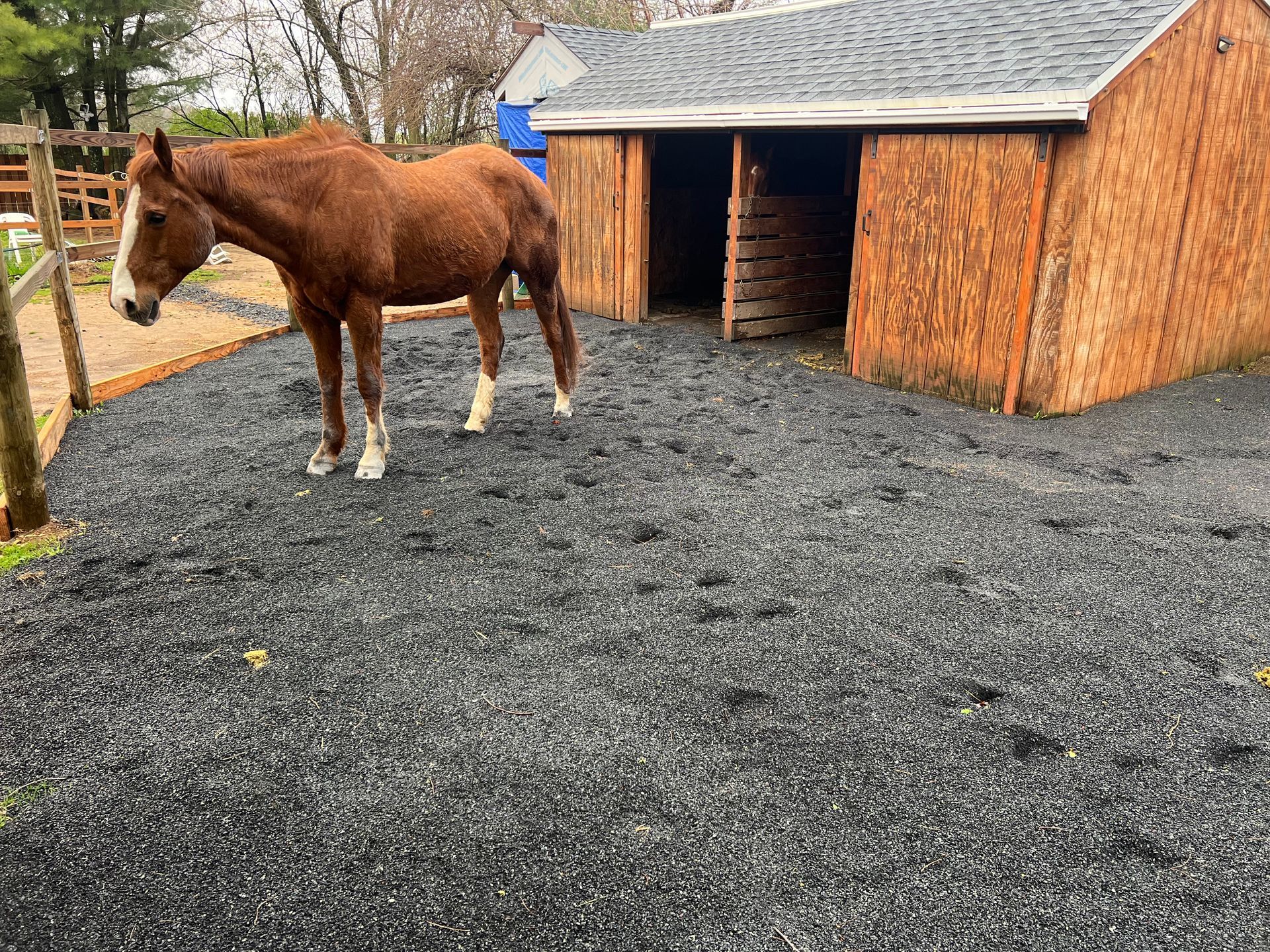Toe first/ heel first
One Minute Discussions #33
Discussing Natural Hoof & Horse Care
TOE FIRST / HEEL FIRST
Get up and walk a couple steps in a straight line on a flat surface. Usually your heels will land first and your toes will follow. This is a normal walk for a person that doesn’t have any foot pain/pathology. Same goes for horses.
See, we’re used to pathology, so for a majority of owners and equine professionals horse toe-first landing is a “normal thing”. But what is the landing telling us about the health of the foot?
It’s simply a way to indicate heel pain. If there’s pain in the heel, horses tend to avoid it, thus constantly landing toe-first. This results in tissue damage and foot pathologies. If the structures in the heels are healthy and functional the horse will land heel first while walking in a straight line on a flat surface. Next article will be about ways for helping a horse land heel first!
What are some other ways you find helpful in indicating heel pain and why?
Denys A.
